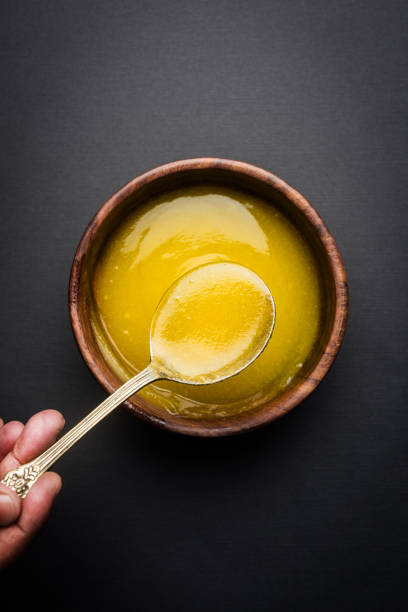The Origin of Oil and Its Journey into Our Lives
When we think of oil, we often encounter various opinions: “It’s not good for your health,” “Use this oil for cooking,” “This oil is better for skincare,” and so on. But what often gets overlooked is the broader context. So, buckle up as we embark on an enlightening journey through the history and significance of oil.
Early Beginnings and Ancient Uses
Ancient Civilizations
Oil has been integral to human civilization for millennia. In ancient times, civilizations in Mesopotamia, Egypt, and India utilized oils extracted from plants and seeds for medicinal purposes, lighting, and religious ceremonies. India, with its rich biodiversity, has a deep-rooted tradition of using oils derived from coconut, sesame, mustard, and more in Ayurveda and daily life practices.
Olive Oil and the Mediterranean Influence
The cultivation of olives and the production of olive oil marked a pivotal development in the Mediterranean region. Ancient Greeks and Romans prized olive oil not only for cooking but also for its medicinal, cosmetic, and religious uses. In India, oils like mustard and sesame have historical significance in both culinary traditions and Ayurvedic medicine.
Evolution of Edible Oils
Global Expansion
As civilizations progressed, so did the diversity of oils extracted from various plants and seeds. Coconut oil in tropical regions, palm oil in Southeast Asia, and mustard oil in India exemplify how different regions adopted and cultivated oils based on local resources and cultural practices.
From Mustard Seed to Mustard Oil: A Closer Look
Now that we’ve explored the broader history of oils, let’s zoom in on one of India’s most beloved and widely used oils: mustard oil. Mustard oil holds a special place in Indian cuisine and culture, renowned for its pungent flavor and various health benefits.

Production Process of Mustard Oil
- Seed Harvesting: Mustard seeds, typically from Brassica juncea plants, are harvested from fields across India.
- Cleaning and Sorting: The seeds undergo thorough cleaning and sorting to remove impurities.
- Milling: The cleaned seeds are then crushed or milled to extract the mustard oil.
- Filtering: The extracted oil is filtered to remove any remaining seed particles.
- Packaging: Finally, the pure mustard oil is packaged and ready for consumption.
Mustard Oil’s Importance in India
Mustard oil is not just a cooking oil in India; it holds cultural and medicinal significance. It is used in traditional Ayurvedic medicine and is prized for its antibacterial, antifungal, and anti-inflammatory properties. In culinary arts, it enhances the flavor of dishes and is a staple in Indian households.
Fun Fact
While mustard oil is widely used in India and other parts of the world, it is banned for use as a cooking oil in the United States. The ban primarily stems from concerns over erucic acid, a naturally occurring compound found in mustard oil. High levels of erucic acid were associated with potential health risks based on older research.
Why Indians Shouldn’t Worry
- Regulatory Standards: In India, the Food Safety and Standards Authority of India (FSSAI) sets limits on erucic acid levels in mustard oil to ensure safety for consumption.
- Cultural Relevance: Mustard oil has been a part of Indian cuisine and culture for centuries, with its benefits widely recognized and accepted.
Ghee: A Staple in Indian Households
No way we’ve covered mustard oil but forgot about ghee, a quintessential ingredient in Indian cuisine and culture. Ghee, or clarified butter, has been cherished for centuries for its rich flavor, nutritional benefits, and versatility in cooking.

How Ghee is Made
- Milk Source: Ghee is traditionally made from cow’s milk, although buffalo milk is also used in some regions.
- Clarification Process: Butter is heated slowly to evaporate water content and separate the milk solids (casein and whey) from the butterfat.
- Straining: The clarified butter is then strained to remove the milk solids, resulting in pure ghee.
- Storage: Ghee has a long shelf life due to its low moisture content and is often stored in airtight containers.
Benefits of Ghee
- High Smoke Point: Ghee has a high smoke point, making it ideal for cooking at high temperatures without burning.
- Rich Flavor: It adds a distinct, nutty flavor to dishes, enhancing their taste.
- Nutritional Value: Ghee contains essential fatty acids, fat-soluble vitamins like A, D, E, and K, and antioxidants.
- Ayurvedic Importance: In Ayurveda, ghee is prized for its medicinal properties, promoting digestion, immunity, and overall well-being.
Ghee’s Takeover in Indian Households
Ghee has not only been a culinary favorite but also holds cultural and spiritual significance in India. It is used in religious rituals, festive celebrations, and everyday cooking across diverse regional cuisines. Its popularity has transcended generations, maintaining its status as a cherished ingredient in Indian kitchens.
Looking Ahead
In our next article, we will delve deeper into the world of cooking oils, exploring their various uses, nutritional benefits, and debunking common myths. Stay tuned to discover more about these essential components of our culinary heritage and daily nutrition. Share this knowledge with friends and family to celebrate the richness and diversity of oils in our lives!




